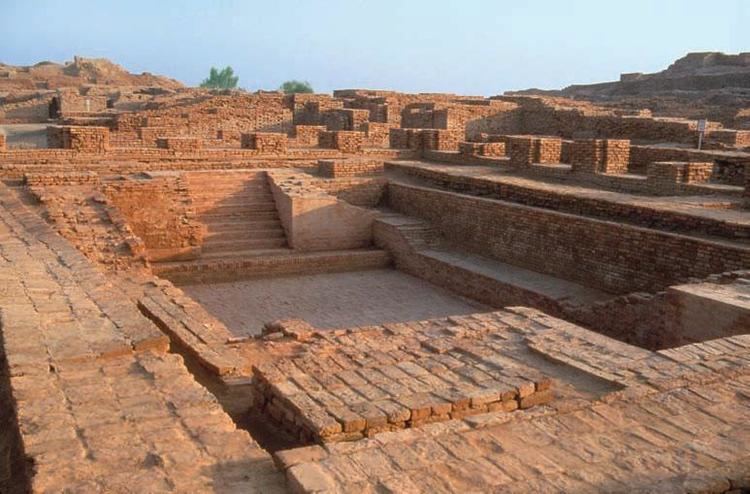New IITGn Study Confirms Existence of Harappan Dockyard at Lothal, Revealing Ancient Trade Routes
2 min read
A recently published research study by the scholars of Indian Institute of Technology-Gandhinagar (IITGn) has substantiated the evidence of dockyard at the site Lothal, a Harappan site of the Bhal region in Gujarat. The study also shows that the Sabarmati River used to flow very close to Lothal where it is located now but during the early Harappan Civilisation era meaning that Lothal was an extremely important and strategic port during that time.
For which the research points out that Lothal was part of a greater distribution of a system of inland waterways connecting it with Sabarmati river, Nal Sarovar wetland, Little Rann of Kutch and extending to Dholavira, another Harappan site. Such a network would have enabled efficient commerce to be conducted between these points and the wider Gulf of Khambhat with probable interaction going as far as Mesopotamia of today’s Iraq.
Due to limitation in available data, HEC-RAS uses satellite images, early topographic maps, and digital elevation models to trace the floodplain channels of the Sabarmati River and to assess the geomorphic changes that have taken place over the years. Specifically, the satellite imagery, used by the researchers, enabled them to avoid large-field investigations and simultaneously get to the previously hardly accessible regions which gave a significantly wider picture of the ancient water systems.
Some scholars have found a 222 x 37 meters basin at Lothal to support the theory of the existence of the dockyard while the other scholars have refers the same to be just an irrigation tank. But, the new research going a long with the dockyard theory corroborates the fact that Lothal was a thriving trade centre with facility for exporting goods by river and sea during the Harappan civilisation.
In conclusion, the study of lothal throws light on the overall historical significance and brings out the trade aspects of the Harappan civilisation to shed a new light regarding the sea borne activities of the region in the ancient days.





